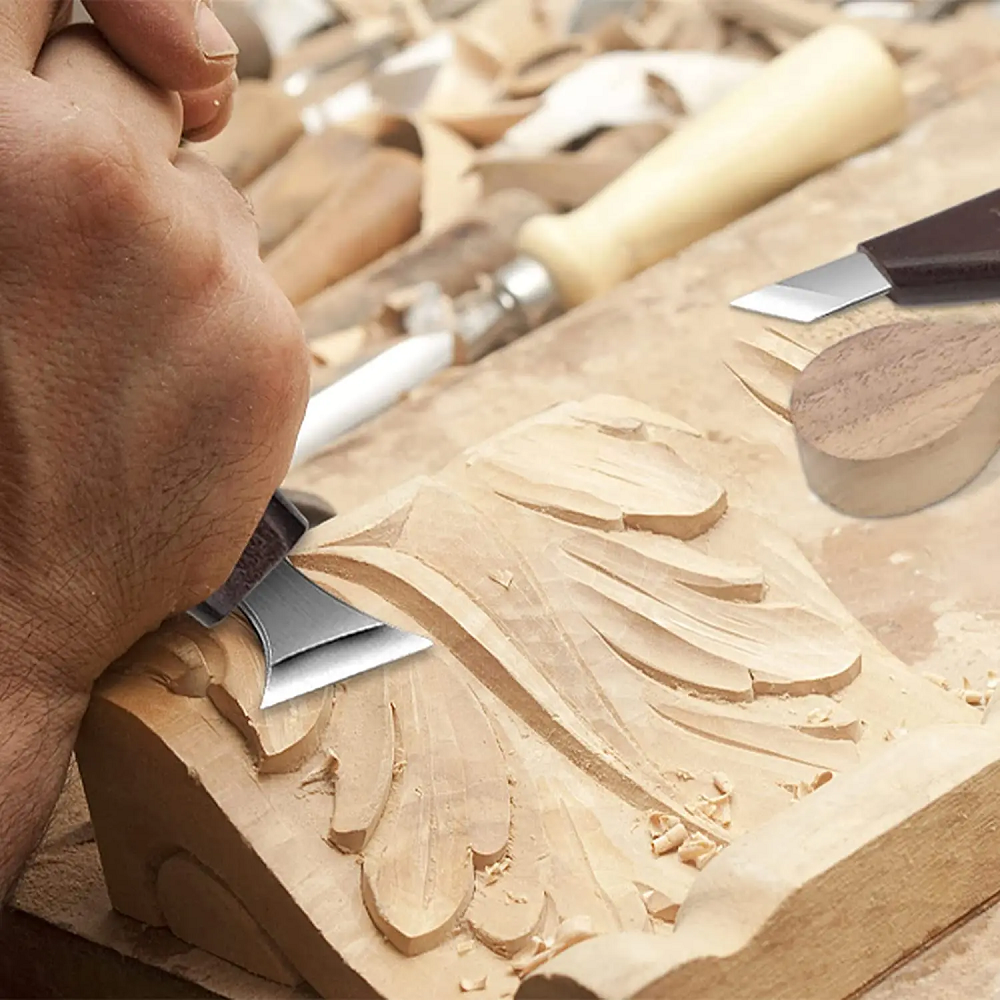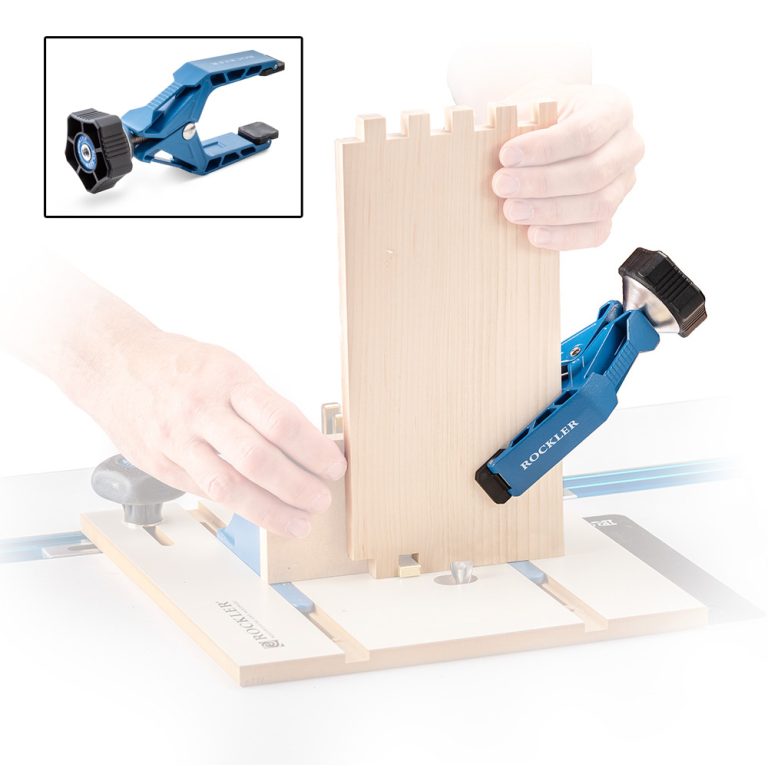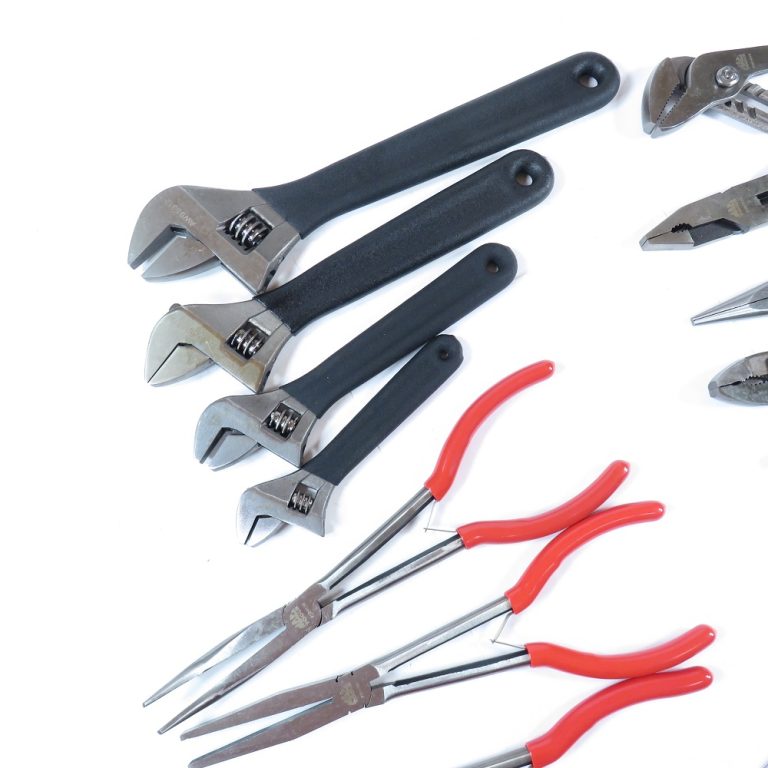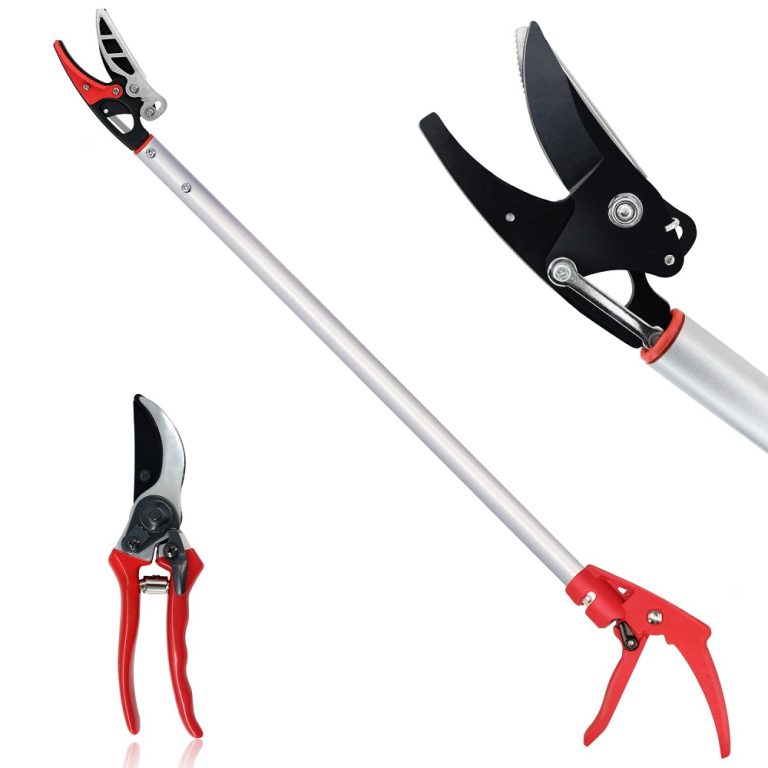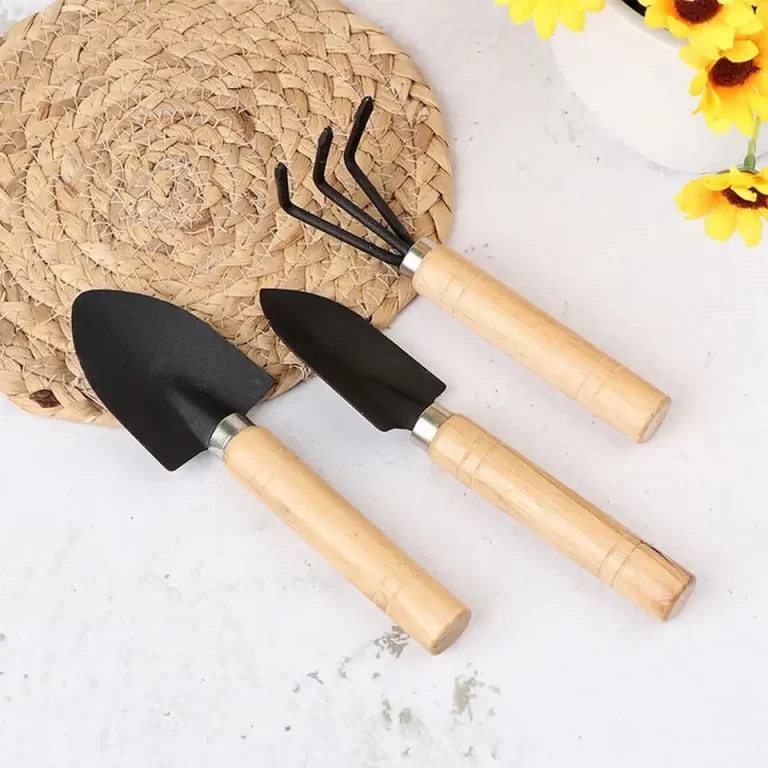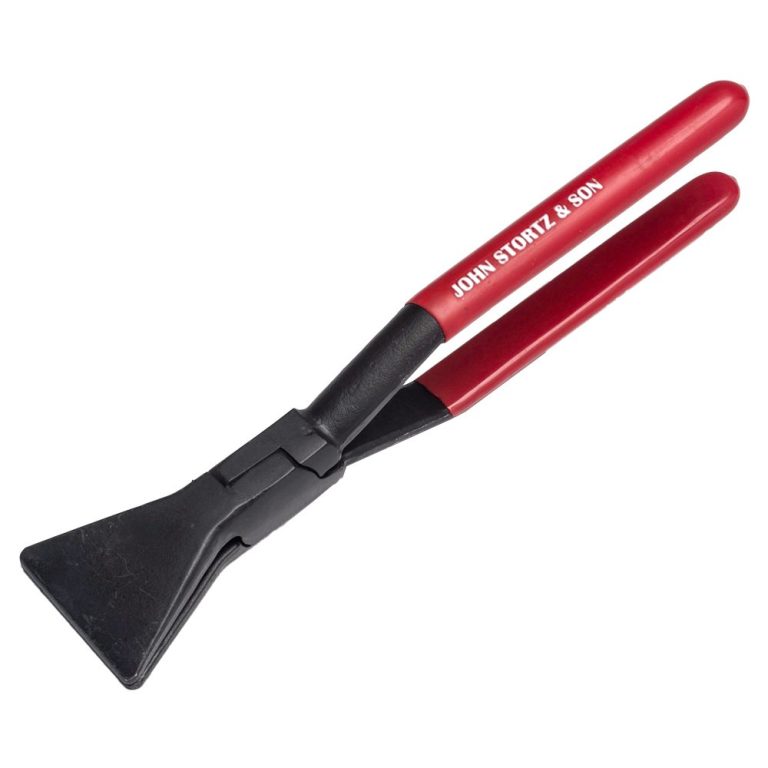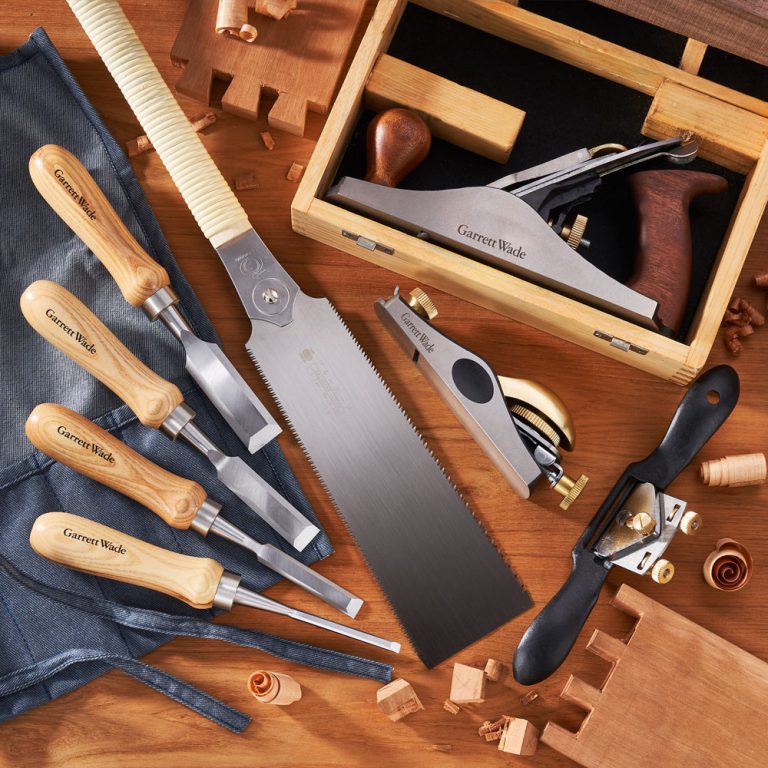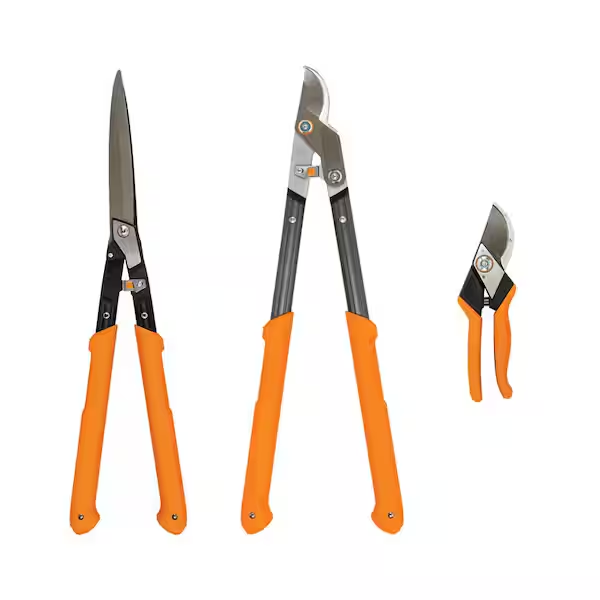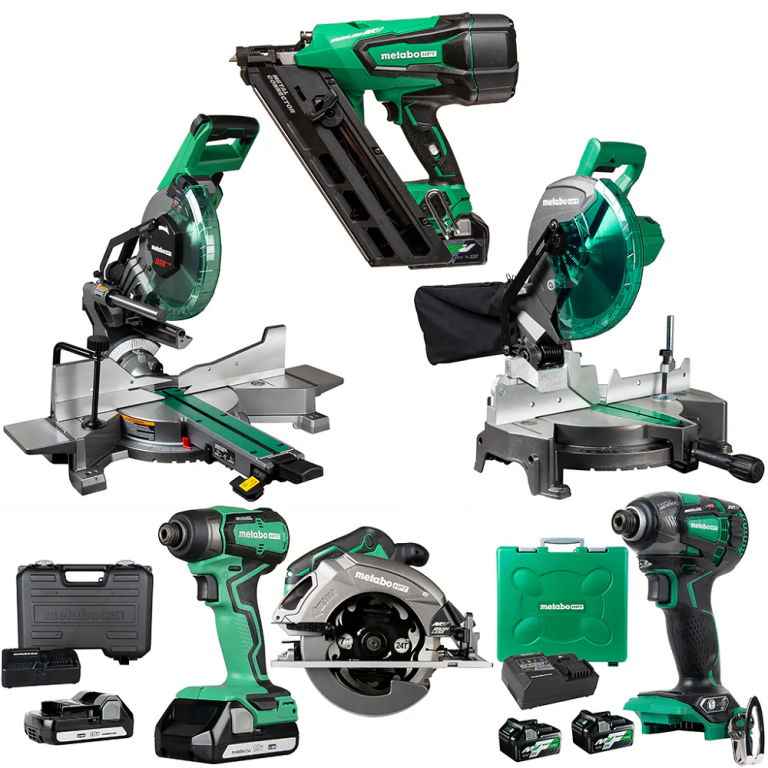Wood carving is a timeless art that requires not only skill and creativity but also the proper tools. The right set of wood carving tools can elevate your crafting experience and significantly impact the quality of your work. However, without proper maintenance, even the best tools can underperform or become unusable over time. This article will provide essential tips for maintaining your wood carving tools, ensuring they remain effective and last for years to come.
Understanding Wood Carving Tools
The Basics of Wood Carving Tools
Wood carving tools come in various shapes and sizes, designed for specific tasks. Some of the most common tools include chisels, gouges, knives, and V-tools. Each tool serves a distinct purpose in the carving process, allowing artists to achieve various designs and details in their work. For example, chisels are often used for removing larger sections of wood, while gouges are perfect for creating rounded shapes.
Proper knowledge of the various types of tools is essential for any woodworker. Understanding what each tool can do allows for more effective planning and execution of projects. By investing time in learning about your tools, you can enhance your carving skills and produce better results.
The Importance of Quality Tools
Investing in high-quality tools is a vital step for any woodcarver. Cheap tools are often made from inferior materials, leading to quicker dulling and potential breakage. High-quality wood carving tools are crafted to provide longevity and superior performance. Look for tools made from high-carbon steel or stainless steel, as these materials offer both durability and the ability to hold sharp edges.
Quality tools not only make the carving process more enjoyable but also allow for greater precision and detail in your work. The right tools can inspire creativity and give you the confidence to tackle more complex projects. Prioritize the quality of your tools to improve your carving experience and the results of your efforts.
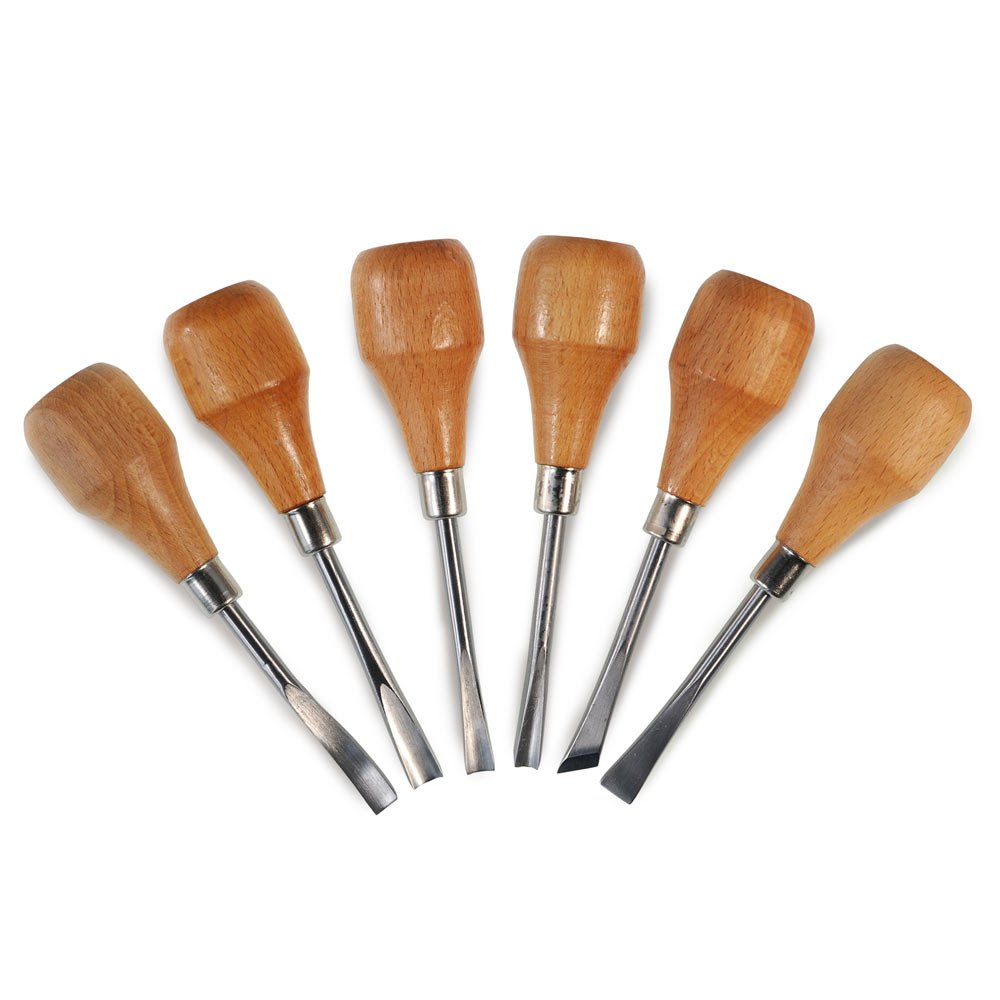
Routine Maintenance Practices
Regular Cleaning
Cleaning your wood carving tools after each use is essential for maintaining their longevity. Residue from wood particles, dirt, and moisture can accumulate on the surface and affect performance. After working on a project, wipe down each tool with a clean, dry cloth to remove debris.
For tools that may have sticky residue, consider using a soft brush or a damp cloth with mild soap. Avoid using harsh chemicals, as they can damage the metal and wood parts of the tools. Proper cleaning not only maintains the appearance of your tools but also prevents corrosion and deterioration from occurring over time.
Sharpening Your Tools
One of the most critical aspects of tool maintenance is sharpening. Dull tools can lead to frustration and should be avoided at all costs. Sharpening your carving tools keeps them performing optimally and allows for smoother cuts. A sharp tool requires less force, reducing the risk of accidents and ensuring more precise results.
Invest in a good quality sharpening stone or honing guide to maintain the edge of your tools. A sharpening stone comes in different grits, allowing you to refine the blade gradually. Regularly check the sharpness of your tools, especially before starting new projects, and take the time to sharpen them whenever needed. This practice will significantly enhance your carving efficiency.
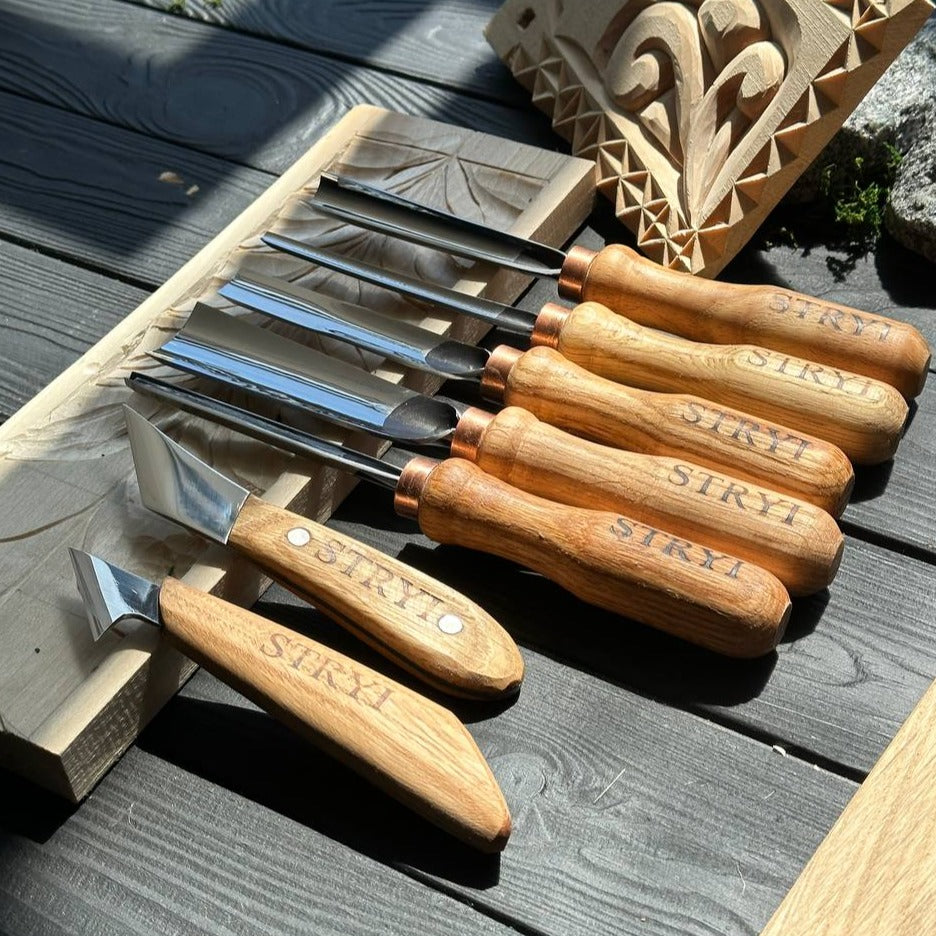
Storage Solutions for Longevity
Proper Tool Storage
Proper storage practices can greatly extend the lifespan of your wood carving tools. Store your tools in a dry, cool place to prevent moisture from causing rust and deterioration. Wooden toolboxes or chests provide a natural environment that helps to absorb excess humidity, providing ideal conditions for your tools.
Additionally, consider using protective covers or sheaths to safeguard the edges of knives and chisels. These covers prevent blades from becoming dull due to accidental contact with other tools or surfaces. Investing time in effective storage solutions will ensure that your tools remain in top condition and ready for use when needed.
Organizing Your Workspace
A well-organized workspace can make a significant difference in the maintenance and accessibility of your wood carving tools. Create a designated area for your tools, ensuring they are easily accessible while remaining protected. Consider using pegboards, tool rolls, or magnetic strips to keep tools organized and off surfaces.
Having an organized workspace not only makes it easier to find the tools you need but also ensures that they are returned to their designated place after use. Consistent organization fosters a sense of professionalism and dedication to your craft, enhancing your overall woodworking experience.
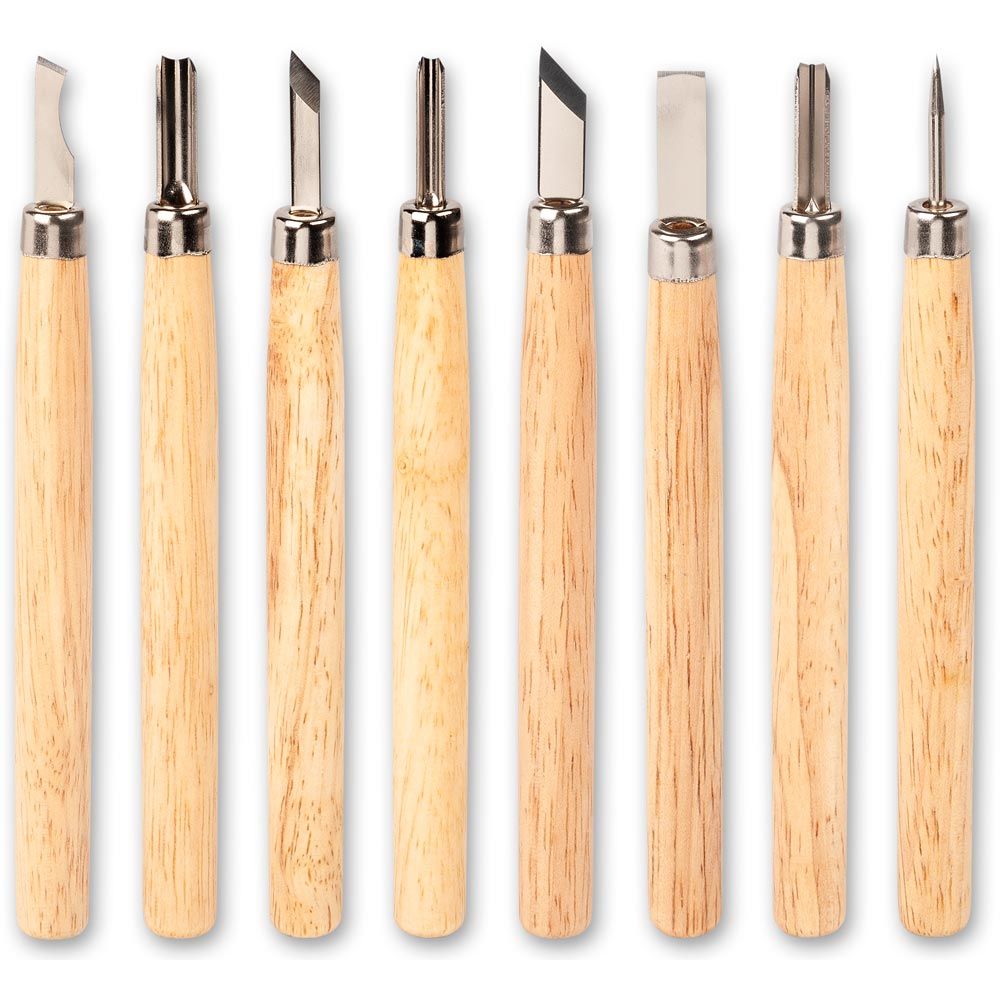
Understanding Tool Wear and Tear
Signs of Deterioration
Being aware of the signs of deterioration in your wood carving tools is essential for effective maintenance. Common indicators of wear and tear include rust, chipped edges, and loose handles. Identifying these issues early on can help avoid further damage and costly repairs down the line.
Inspect your tools regularly for any signs that indicate they may require attention. Rust can be treated by scrubbing the affected areas with a rust eraser or fine-grit sandpaper, followed by proper cleaning and oiling. Loose handles can often be repaired by tightening the bolts or using adhesive to secure them. Addressing issues promptly can prolong the life of your tools and maintain their overall performance.
Signs That Replacement is Needed
Despite regular maintenance, there may come a time when certain tools simply need replacing. If a tool consistently underperforms, even after sharpening and cleaning, it may be time to invest in a new piece. Tools with severely chipped or broken blades should also be replaced to ensure safety during use.
As you replace older tools, consider upgrading to newer designs or materials that may offer improved functionality or comfort. Each replacement is an opportunity to improve your toolkit and enhance your woodworking experience. Knowing when to let go of old tools is as important as maintaining them.
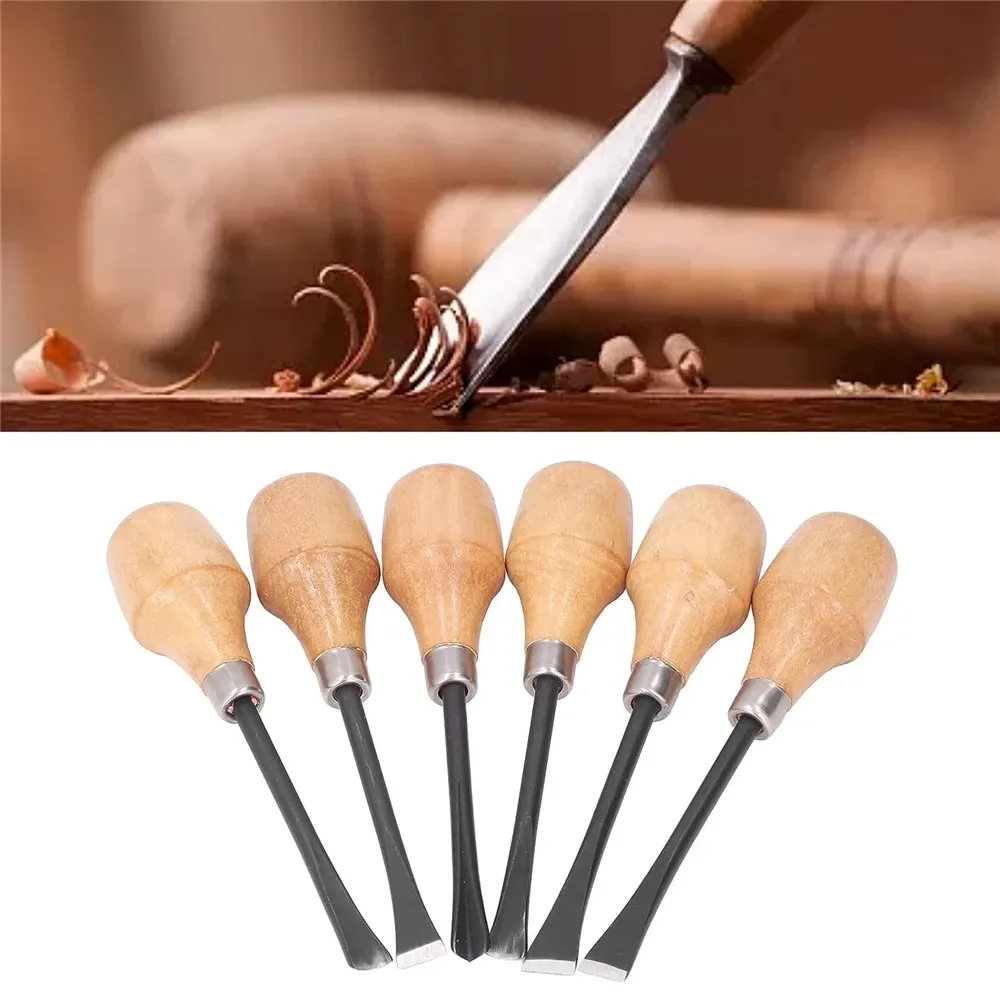
Enhancing Your Skills with Proper Tool Use
Learning Proper Techniques
Proper use of your wood carving tools is essential for both safety and efficiency. Familiarize yourself with each tool’s specific techniques and functions to maximize their potential. Workshops, online tutorials, and instructional books can provide valuable insights into improving your skills and mastering various carving methods.
Practice makes perfect, and gaining hands-on experience is key. Start with simple projects to develop confidence and technique. Over time, you will become more comfortable using different tools, allowing you to enhance your woodworking repertoire. Dedication to learning will pay off in the quality of your work.
Safety First
Safety should always be a priority when using wood carving tools. Always wear appropriate personal protective equipment, such as safety goggles and gloves, to protect yourself from accidents and injuries. Ensure that your workspace is well-lit and free of clutter to minimize distractions while carving.
Additionally, use tools as intended, following manufacturer guidelines to ensure safe operation. Pay attention to your grip and posture while working to promote safety and prevent fatigue. By emphasizing safety, you can focus on the joy of wood carving while minimizing risks.
Community Involvement and Skill Sharing
Joining Woodworking Groups
Engaging with fellow woodworkers can significantly enhance your skills and knowledge. Local or online woodworking groups provide opportunities to share experiences, learn new techniques, and discover the latest tools and materials. These communities often host workshops, demonstrations, and forums that can offer invaluable insights.
By participating in these groups, you can find mentors who may offer guidance and share tips for improving your technique. Connecting with like-minded individuals fosters a sense of camaraderie and encourages the exchange of ideas. This collaboration enhances the overall wood carving experience and inspires continuous growth.
Organizing Workshops
If you have a passion for woodworking, consider organizing workshops in your community. These events can help introduce newcomers to the craft, promote the importance of proper tool maintenance, and encourage skill sharing among participants. Workshops are an excellent way to create an engaging environment while fostering a love for woodworking.
During these workshops, participants can take part in hands-on demonstrations, learn about different carving techniques, and explore tips for using and maintaining tools. Sharing knowledge in a structured setting encourages creativity and builds a supportive community that values craftsmanship and skill development.
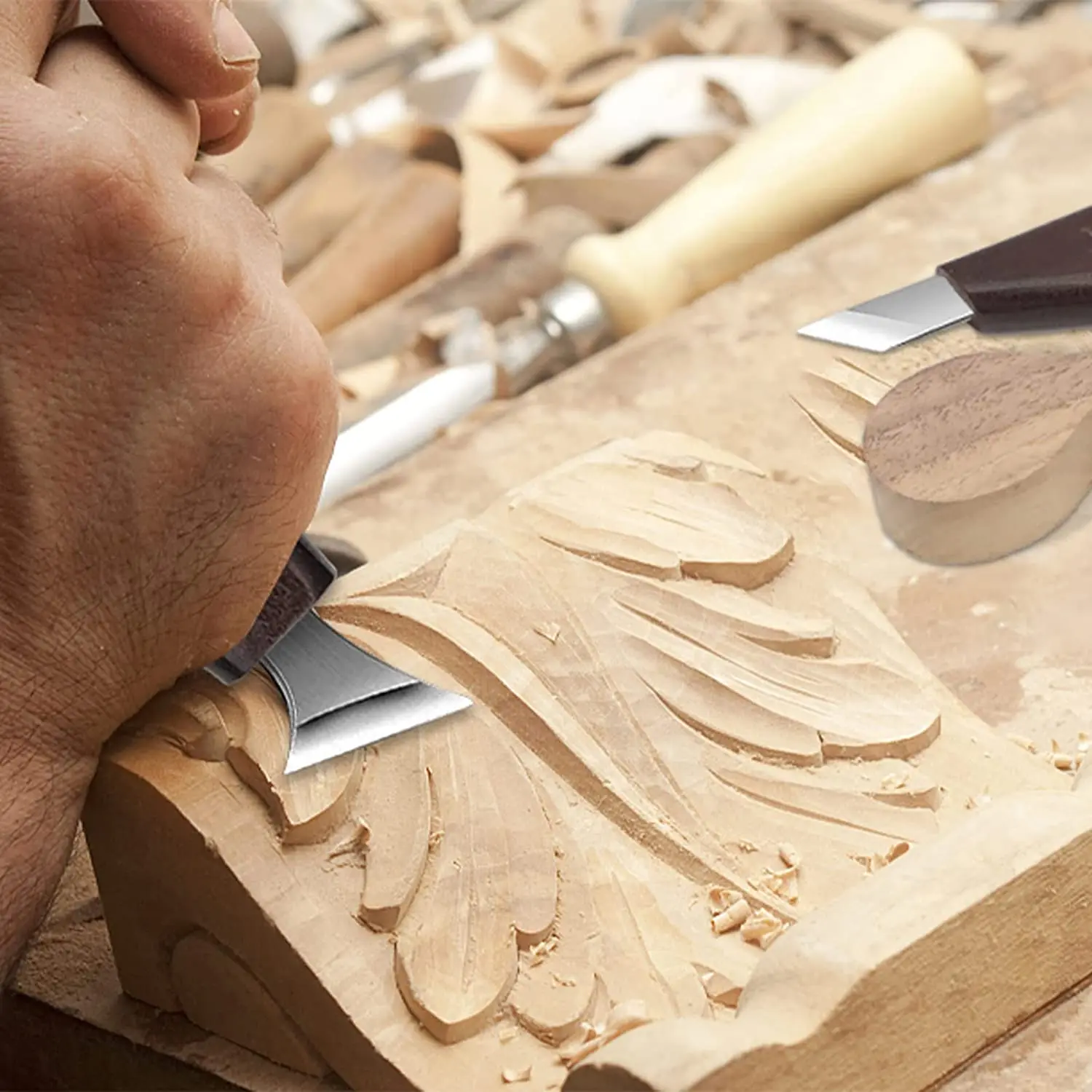
Conclusion
In conclusion, maintaining your wood carving tools is essential for achieving the best results in your projects. By understanding the importance of caring for your tools, you can enhance both their performance and longevity. Whether through proper cleaning, regular inspections, or thoughtful storage, taking care of your equipment will ultimately improve your wood carving experience.
Choosing high-quality tools, adopting efficient maintenance practices, and engaging with your local woodworking community will ensure that your passion for carving flourishes over time. Embracing the art of woodworking involves continuous learning and exploration, and by committing to your craft, you can create beautiful pieces that showcase your skill and creativity.
As you embark on your wood carving journey, remember that your tools are an extension of your artistic expression. Treat them well, and they will serve you faithfully for years to come. By fostering a culture of care and craftsmanship, you can contribute positively to the world of woodworking while enjoying this fulfilling and rewarding craft. Happy carving!
